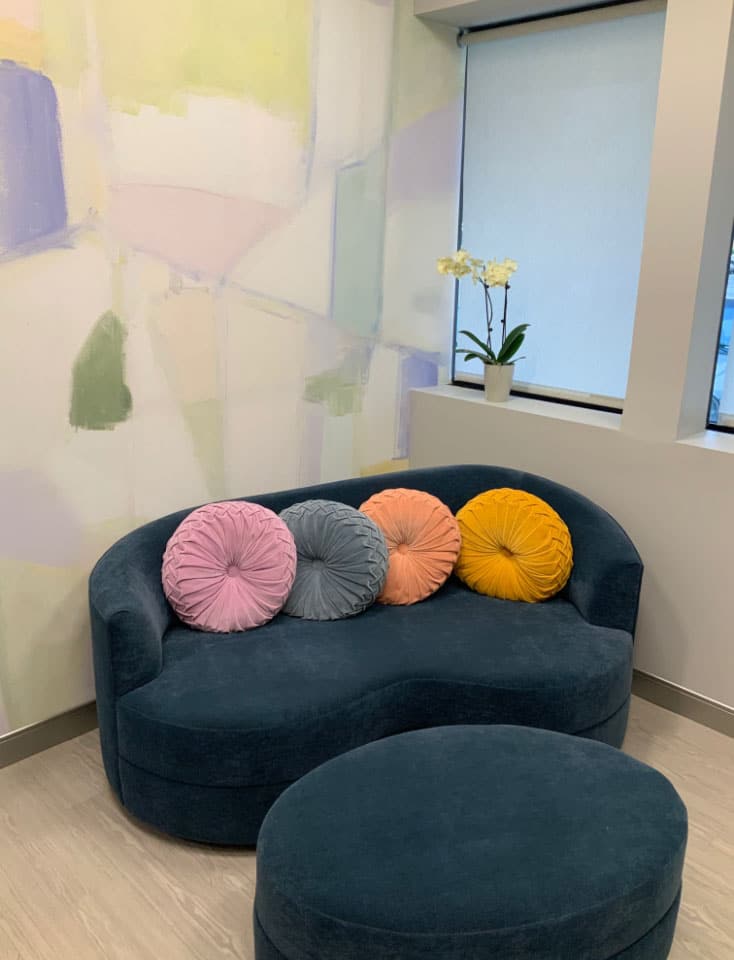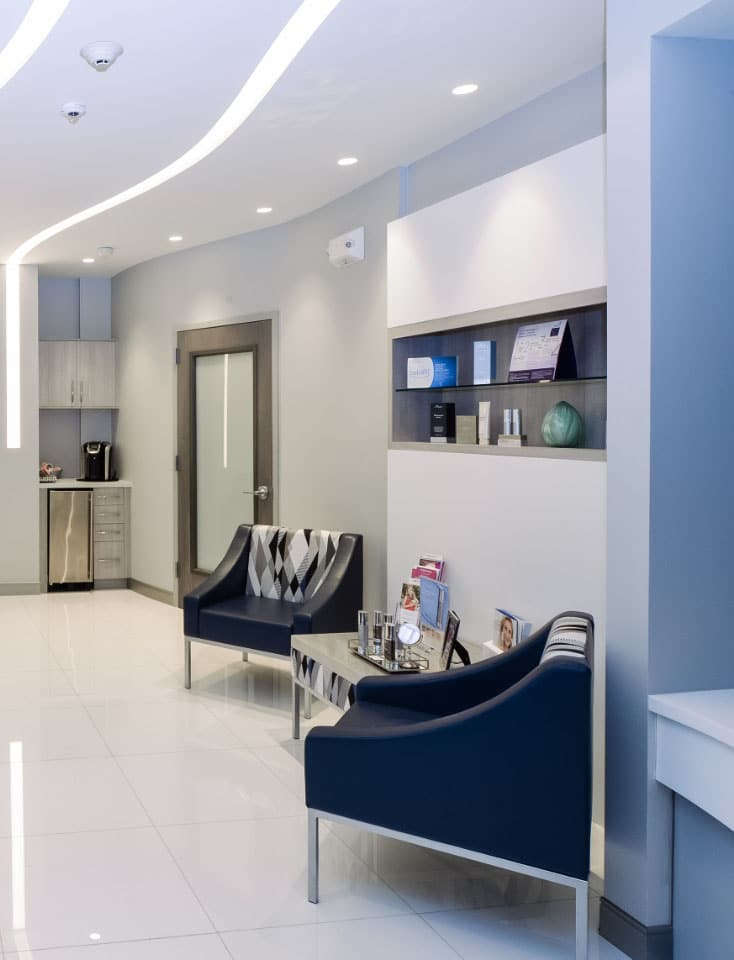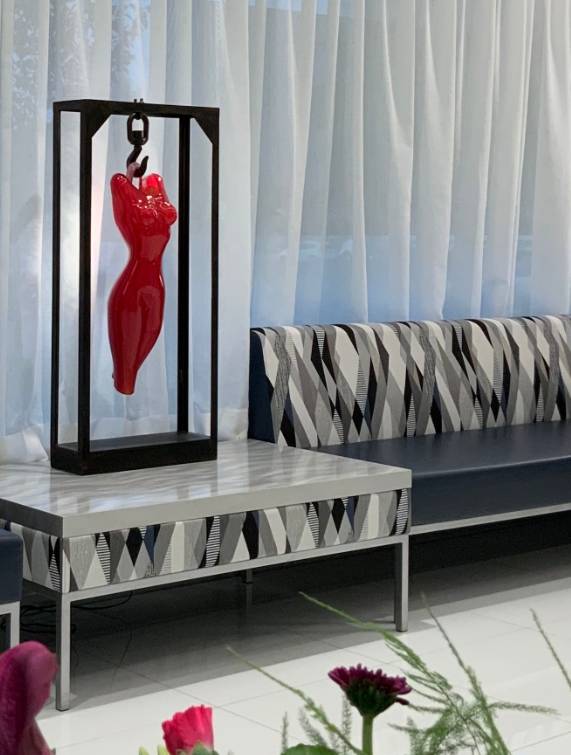Part I – What three dimensional imaging systems are
I have always enjoyed technology. Since I was a teenager in the early 1970’s, I loved electronics (computing wasn’t even a hobby back then). For my pre-med major in college, I studied Biomedical and Electrical Engineering at Northwestern. It was there that I obtained a strong background in computers and emerging biomedical technologies. During the latter part of my plastic surgical fellowship training, I saw the advantage to know not only how to operate computers and run software programs, but to learn how to develop tem as well. Several of the software applications I developed over ten years ago, are still in use in my practice today.
When I was a surgical resident, I remember visiting a young plastic surgeon that had a computerized imaging system. It consisted of an inexpensive, low resolution video camera, a computer (one of those early PC’s) and a monitor. He took a photo of my face and showed me how the software could change the image. He deftly demonstrated how he could take my nose, remove it from my face and replace it back, this time upside down. Kind of a cool curiosity, but is it worth it? That was about twenty five years ago. Over the years, I have seen a couple of such imaging systems that could take a two dimensional image (two dimensional means a flat image with height and width, but no depth) and manipulate it somewhat. I was pretty unimpressed by what I saw, until recently.
I practice plastic surgery in the same office as dermatologist Dr. Elyse Rafal, who also is my spouse. Dr. Rafal has always been involved in clinical drug trials with various pharmaceutical companies. These studies rely on high quality, consistent, reproducible photographic imaging. Over the thirteen years I know my wife, I cannot remember a single drug study that required imaging that did not have customized photographic equipment developed by Canfield Scientific, in Fairfield, NJ.
Last year, Canfield released the Vectra 3D Face and Body Imaging system. This consists of a group of six 12 megapixel cameras mounted on a movable frame. It is connected to a powerful computer with a monitor. Similar to what I saw in the past, definitely not!
The subject stands in front of the camera system and a powerful flash illuminates the body. The image can be of the face or torso, there is specialized software for both. The cameras capture six photos and the software combines them to match the three dimensional topography of your body. Next, a three dimensional image appears on the computer monitor. Because of the high resolution of the cameras, the image is also high resolution. My 12 megapixel Nikon camera makes two dimensional jpg photographic files that are about 2 megabytes in size. This three dimensional system (I’ll call it the Vectra from here on out) makes three dimensional images that are about 50 megabytes in size!
When you look at the image, it is so real and lifelike, that it is almost like the person is standing inside the monitor! The flesh tones are natural, every little detail of the skin displayed perfectly.
The simulation software allows the user to take the original three dimensional images and manipulate it. For the purpose of simplicity, I will restrict further discussion only to breast augmentation, although the system works well on the face as well and can do a great job simulating rhinoplasty.
Several popular saline as well as silicone gel breast implant styles with the dimensions of all the existing implant sizes available for that particular style of implant are pre-programmed into the software. The surgeon can now take an image of the breast, and “dial in” different implant styles and sizes. The software then does an amazingly well job of “simulating” what the augmented breast will look like after surgery. Is it exact, no. However, it is fairly close and gives the patient a reasonably good idea of what they might look like with surgery. I say might, because depending on the patient, the accuracy can vary, however, overall I believe that there is no other method that I know of that even comes remotely close to this.
Once you have the before and after images, you can put them side by side, or you can overlap them, one on top of another so as to show the change in the contours after the surgery. And here is the really cool part: you can take the images and rotate them in any direction, almost as if you are holding a three dimensional model of your torso in your hand and looking it over from the side, the front, the top, bottom or whatever view strikes your fancy!
A three dimensional computerized imaging system is a very useful way to capture an image in three dimensions, and then alter the image to simulate surgical results to demonstrate how someone might look after cosmetic surgery. This is very new and promising technology and I anticipate this to one day play an integral part in the consultation process and planning for all breast augmentation procedures.
Disclaimer: I purchased a Vectra 3D computerized imaging system. I do not have any financial interest in its success, or any financial interest in the manufacturer of this system, Canfield Scientific of Fairfield, NJ. I am a voluntary member of the advisory board at Canfield for this system, the purpose of which is to provide feedback and assist the manufacturer in the further development of this system.









